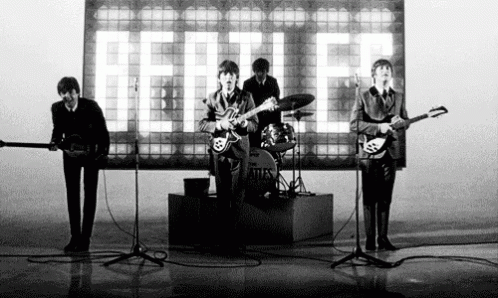Part VIII of my 10-day celebration of Carole King’s Tapestry is bringing us close to the album’s 50th anniversary day, which is this Wednesday, February 10. The previous parts have featured all of side A – I Feel the Earth Move, So Far Away, It’s Too Late, Home Again, Beautiful and Way Over Yonder – and the first two tracks of side B, You’ve Got a Friend and Where You Lead. Next up is the third track on the B side, and it’s a true standout: Will You Love Me Tomorrow.
Also sometimes known as Will You Still Love Me Tomorrow, this beautiful ballad is one of two tracks on Tapestry, co-written in 1960 by Carole and her then-husband and lyricist Gerry Goffin. It was first recorded and released by American girl group The Shirelles that same year. The song became their first no. 1 single in the U.S. on the Billboard Hot 100. It also climbed to no. 4 in the U.K., giving them their biggest hit there. Will You Love Me Tomorrow became the breakthrough hit for Goffin-King.
On the Tapestry version, James Taylor not only provided acoustic guitar but also backing vocals. Oh, and there was another prominent backing vocalist: Joni Mitchell. The vocals of the three artists beautifully blend, making the tune one of the outstanding gems on Tapestry.
According to Songfacts, apparently because of its perceived sexual lyrics, Will You Love Me Tomorrow met with some resistance from radio stations, but not enough to stop it from becoming a huge hit – absolutely laughable, especially from today’s perspective!
Songfacts also notes Shirley Alston, the lead vocalist of The Shirelles, initially dismissed the song as “too Country and Western”. But producer Luther Dixon reassured her the group could adapt the tune to their style. He also asked Carole and Gerry to add strings and speed up the tempo. They did and the rest is history.
Tapestry producer Lou Adler, who also owned King’s record company, explained, as quoted by Songfacts: “The only thing we reached back for, which was calculated in a way, which of the old Goffin and King songs that was hit should we put on this album? And, that’s how we came up with ‘Will You Still Love Me Tomorrow.’ I thought that song fit what the other songs were saying in Tapestry. A very personal lyric.” Interestingly, Carole’s version of Will You Love Me Tomorrow was not released as a single.
Sources: Wikipedia; Songfacts; YouTube



